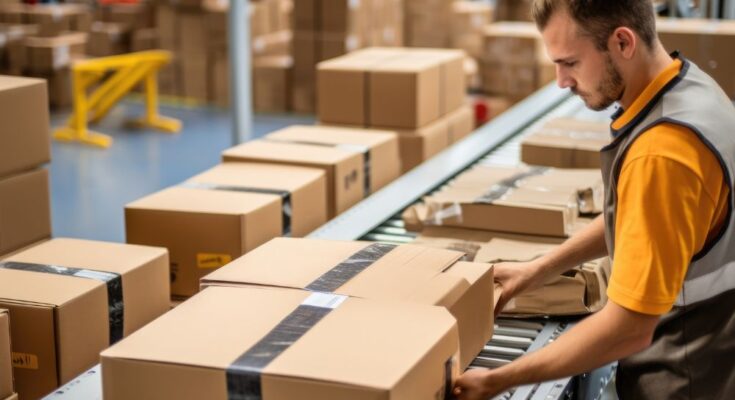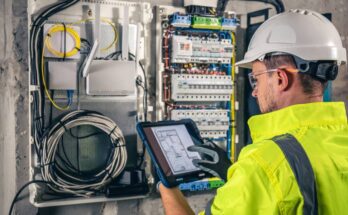In any warehouse, conveyor belts are essential for streamlining the entire operation. Since there are many options available to choose from, picking the right conveyor belt can be a daunting task.
However, ensuring that you get the most suitable conveyor belt for your needs can significantly increase efficiency and save costs in the long run. Let’s look at what you need to know when selecting a conveyor belt for your warehouse.
Conveyor Belt Material
Conveyor belts can have different materials, such as rubber, PVC, nylon, or steel, depending on the application. Rubber is ideal for food processing and harsh environments, PVC is best for light-duty applications, nylon is good for heavy-duty loads, and steel is suitable for high-temperature environments. Ensure that the conveyor belt material is compatible with the products you need transported.
Conveyor Belt Width
Consider the width of the conveyor belt, which closely relates to the amount of material that needs transport. While a narrow conveyor belt may be less space, it may not transport products efficiently. On the other hand, a wide conveyor belt may be more efficient but requires more space.
Speed of the Conveyor Belt
The units of measure for conveyor belt speed are feet per minute (FPM) and meters per minute (MPM). The speed of the conveyor belt takes into account the maximum capacity and the size of the product transported. If the conveyor belt is too slow, the product will pile up, and the operation will be slow. If the conveyor belt is too fast, it may pressure the material, causing it to jam or spill.
Maintenance Requirement
Like any other machinery, conveyor belts require frequent maintenance and cleaning to ensure they function optimally. When choosing a conveyor belt, you must consider the maintenance requirements, including the cost of repair, frequency of maintenance, and ease of access. A conveyor belt with minimal maintenance needs will save costs in the long run.
Cost
Lastly, cost is an essential factor when selecting a conveyor belt. Conveyor belt prices vary depending on the material, size, and other factors. Before selecting a conveyor belt, evaluate the total cost of ownership. Ensure that the conveyor belt itself is within your budget and that the long-term maintenance costs fit your budget as well.
There are various factors to know when selecting the right conveyor belt that can greatly affect warehouse efficiency and productivity. Consider the materials transportation method, conveyor belt material, width, speed, maintenance needs, and cost when selecting a conveyor belt for your warehouse. There are many benefits of warehouse conveyor systems, and having the right belt will help you get the most out of your warehouse operations. Proper selection and maintenance allow your conveyor belts to increase productivity while reducing operation costs.



